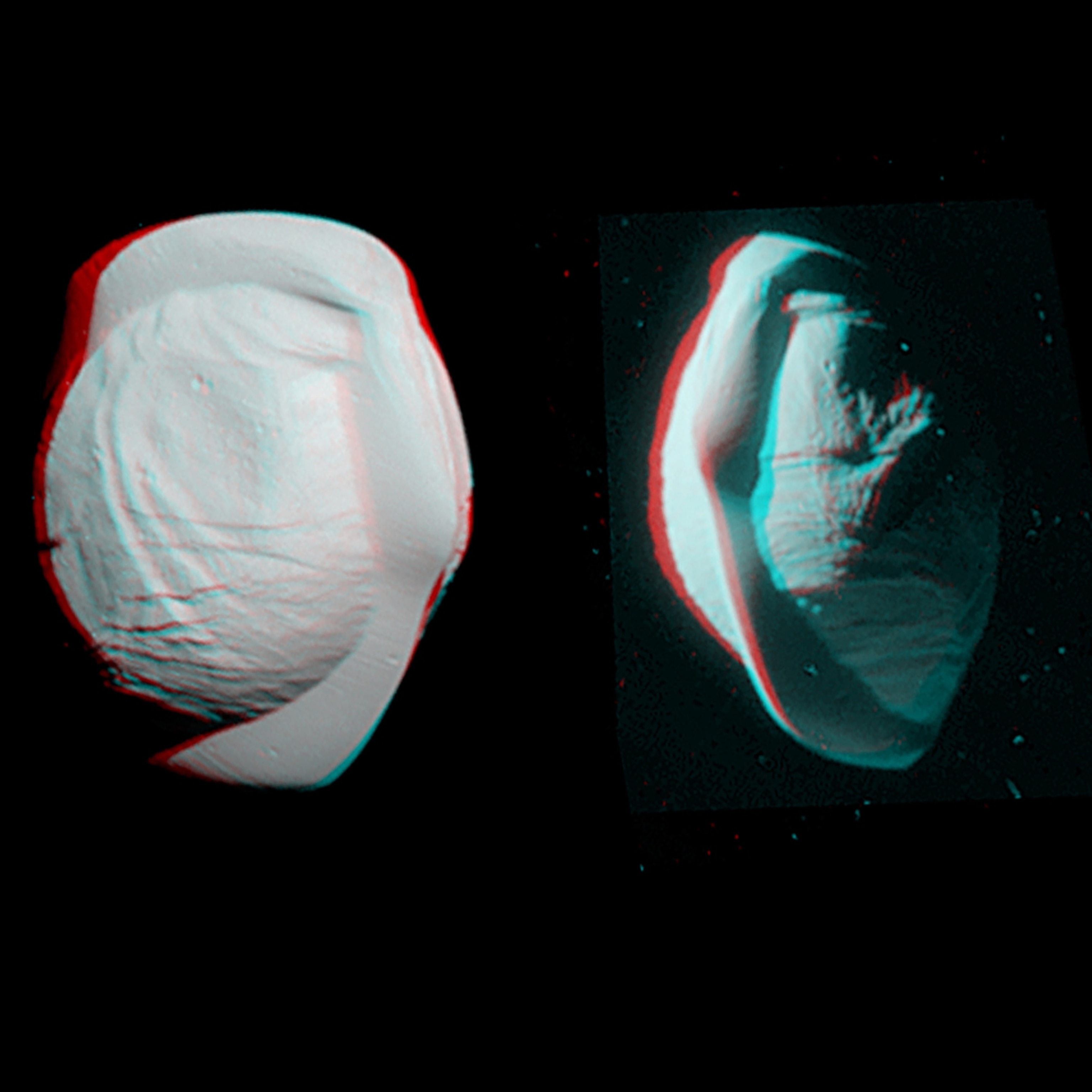This Artificial Muscle Costs 10 Cents to Make. And It’s As Strong As an Elephant.
A team of young scientists hopes to use the device for prosthetics and industrial applications.
Two years ago, a team of scientists came together in a university basement. Many of them had never co-authored papers before, and their research money came from start-up funds.
Turning to nature, the University of Colorado Boulder scientists set out to engineer a lifelike muscle that was cheap, flexible, and strong. Their work, published in Science and Science Robotics on January 5, introduces HASEL, a manmade device that creates movement and has the potential to heal itself.
"[The scientists] are helping create the future of flexible, more-humanlike robots that can be used to improve people's lives and well-being," a university dean says in a statement.
Muscles of the Future
In the past, prosthetic limbs and other robotic materials were made rigid by bulky pumps, valves, and tubes, while some muscle alternatives were flexible but couldn't withstand electric pulses. (Read: "Twisting Everyday Fibers Could Make 'Smart Clothes' a Reality")
But CU Boulder's Keplinger Research Group has created a versatile muscle that might be able to heal itself. The mechanism is as flexible as an octopus, as strong as an elephant, and as fast as a hummingbird. With this technology, the team is hoping to eventually engineer full-body robots that can gracefully mimic human movement. (Read: "Human-Pig Hybrid Created in the Lab—Here Are the Facts")
"We have basically taken the best of those two approaches and merged them into a new technology," says senior author Christoph Keplinger, a mechanical engineering professor at CU Boulder.
The movement-creating device is called a "hydraulically amplified self-healing electrostatic" actuator. That's a HASEL (pronounced "hey-zuhl") actuator or muscle, for short. The pump-free devices are pouches made of the same inexpensive plastic that makes up potato chip bags and filled with an electrically insulated liquid, similar to canola oil. The devices change shape when voltage is run through them, and the malleable oil gives the mechanism the potential to self-heal.
"You can control it with only two wires," Science paper lead author Eric Acome says, referring to the wires used to power the electrodes. "We don't need to have some sort of external equipment."
Groups of Three
The researches outline different applications of the muscle, which is thin, transparent, and flexible. One design is a donut-shaped muscle with electrodes placed on either side of it. When the device is electrified, the oil inside it moves, changing its shape to mimic gripping.
Another muscle design is made from stretchy, ionic conductors with a liquid pocket inside. When electricity is applied to it, the muscle spasms, which can lift a gallon of water or flex a mechanized arm.
Another design, dubbed a Peano-HASEL actuator, is made of three small, rectangular pouches strung together. The liquid-filled device contracts under a kick of voltage, much like a biological muscle. The movement is so gentle it can grasp plump raspberries or raw eggs without crushing them.
Science Robotics lead author Nick Kellaris says one of these Peano-HASEL devices only costs 10 cents to make. If the design is scaled up, Keplinger adds, producing them could cost less than a cent each.
Prosthetics to Packaging
Unlike past designs, the oil inside HASEL muscles can withstand electricity. This gives the durable device the potential to self-heal. The plastic casing can't self-repair tears yet, but Keplinger says creating a self-healing encasement is one of the next steps for research.
The artificial muscles could slim down bulky metal robots and give them more human-like movements. Because of the material's versatility, co-author Shane Mitchell says the muscle can be tailored for specific applications, like prosthetics. (Read: "Revolution in Artificial Limbs Brings Feeling Back to Amputees")
"You could imagine them as being laid out in a forearm, and then they could control the digits of an artificial hand," Mitchell says.
HASEL could also help in creating artificial human tissue and organs. Scientists at CU Boulder are already developing an artificial small intestine, which could help doctors-in-training and be used to test new medical treatments. (Read: "Spinach Leaf Transformed Into Beating Human Heart Tissue")
Acome says that with its gripping abilities, the muscle could also be helpful in food handling and packaging.
The team is already working on new HASEL actuators that would work with five times lower voltage levels than those outlined in the studies. The voltage published in the papers is similar to the low-current shock you might get from static, and it's not dangerous to humans.
"We want to create robotics that are lifelike," Keplinger says.
The Best of Cassini
A previous version of this story incorrectly stated the acronym of the University of Colorado. The story has been updated.























